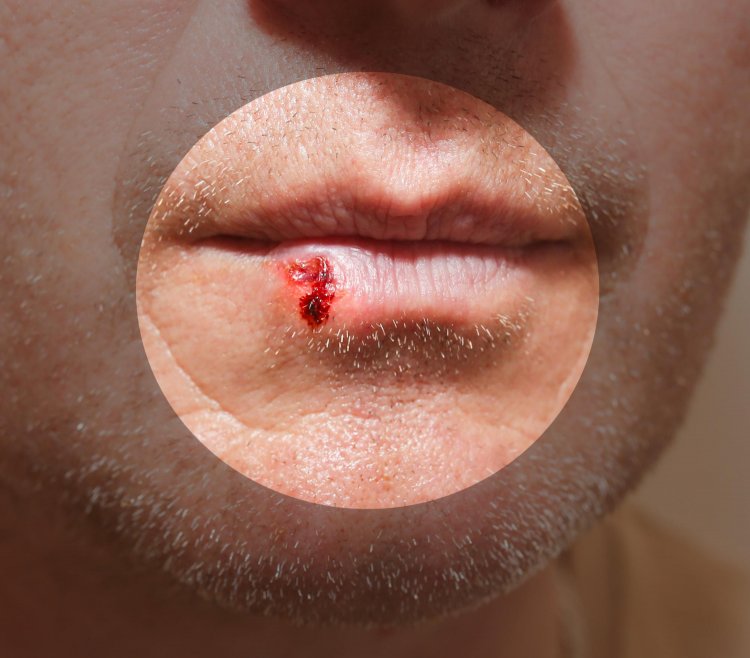Herpes Zoster: A Closer Look at the Painful Rash
Herpes zoster, commonly known as shingles, is a localized, blistering rash accompanied by pain, caused by the reactivation of the varicella-zoster virus (VZV), which also causes chickenpox. This article provides an overview of herpes zoster, including its causes, clinical features, complications, and treatment options.

Causes of Herpes Zoster
Herpes zoster, also known as shingles, occurs following an initial infection with varicella (chickenpox). After the varicella infection, the varicella-zoster virus (VZV) remains dormant in dorsal root ganglia nerve cells in the spine. Reactivation of the virus, typically due to factors such as nerve root compression, radiotherapy, infections, injuries, or contact with individuals with varicella or herpes zoster, leads to the development of herpes zoster.
Who Gets Herpes Zoster?
Anyone who has had chickenpox may subsequently develop herpes zoster. While shingles can occur in childhood, it is more common in adults, particularly older individuals. Those with weakened immune systems, such as individuals with certain cancers, are at increased risk of developing shingles. The likelihood of experiencing a second episode of herpes zoster is low.
Clinical Features of Herpes Zoster
Herpes zoster typically presents as a painful, blistering rash with a dermatomal distribution, meaning it is confined to the area supplied by one or two adjacent sensory nerves. The rash is often unilateral and follows a specific nerve pathway. Common sites of involvement include the chest, neck, forehead, and lumbar/sacral regions. Symptoms may include local pain, fever, headache, and enlarged tender lymph nodes.
Complications of Herpes Zoster
Complications of herpes zoster can include involvement of multiple dermatomes, eye complications, deep blisters leading to scarring, muscle weakness, and rare but serious infections of internal organs. Post-herpetic neuralgia, characterized by persistent or recurring pain in the affected area, is a common complication, particularly in older individuals.
Treatment for Herpes Zoster
Treatment aims to alleviate symptoms and prevent complications. Options include antiviral medications such as aciclovir, valaciclovir, or famciclovir, which can reduce pain and duration of symptoms if initiated early. Pain management strategies may include rest, pain relief medications, protective ointments, and, in the case of post-herpetic neuralgia, medications such as tricyclic antidepressants, antiepileptic drugs, and topical agents like capsaicin.
Prevention of Herpes Zoster
Vaccination with the zoster vaccine is recommended, particularly for individuals aged 60 and older, as it can reduce the incidence of herpes zoster and lessen the severity of symptoms. However, it is contraindicated in immunosuppressed individuals due to the risk of disseminated infection.
In conclusion, herpes zoster, or shingles, is a painful and potentially debilitating condition caused by the reactivation of the varicella-zoster virus. While it can affect individuals of any age, older adults and those with weakened immune systems are at higher risk. Early recognition, prompt treatment, and preventive measures such as vaccination are essential in managing this condition and reducing its complications.
#HerpesZoster #Shingles #Causes #RiskFactors #ClinicalFeatures #Complications #Treatment #Prevention #Vaccination
Disclaimer:
The information provided in this article is for educational purposes only and should not be considered medical advice. If you have any health concerns or are experiencing symptoms, it is important to consult with a healthcare professional, such as a doctor or clinic, for proper diagnosis and treatment. Always seek the advice of your doctor or other qualified health provider with any questions you may have regarding a medical condition. Do not disregard professional medical advice or delay in seeking it because of something you have read in this article.
What's Your Reaction?





















